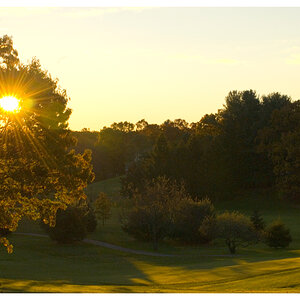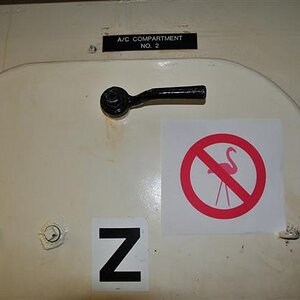minn
TPF Noob!
- Joined
- Jan 16, 2016
- Messages
- 14
- Reaction score
- 1
- Can others edit my Photos
- Photos OK to edit
It's the inverse square law! Basically as something moves away from the flash it needs greater and greater power. If you put the subject very close to the flash so that you only need a very low power and move the flash an subject away from the wall, then the light "falls off" and doesn't expose the wall. Also, snoots and scrims can help to accomplish this.
Thank you, Sir, this is very precise explanation, which I understood easily ^_*




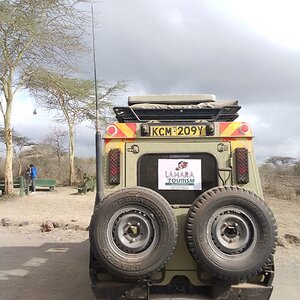
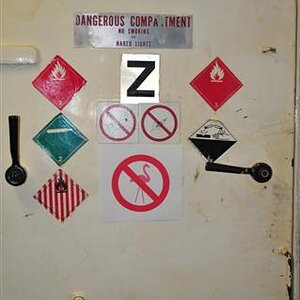
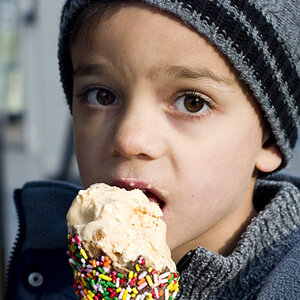


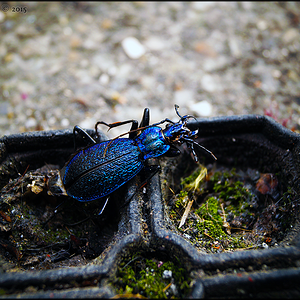
![[No title]](/data/xfmg/thumbnail/31/31015-dc3b950337aa798fec947c782fff2e35.jpg?1619734570)
